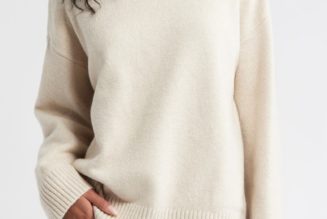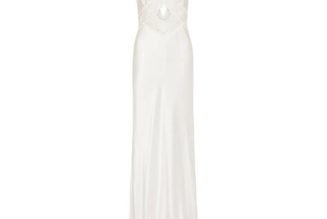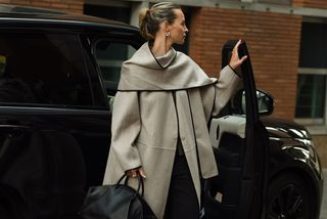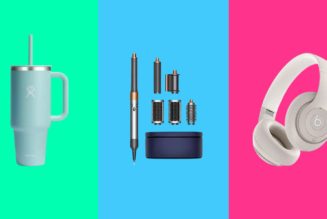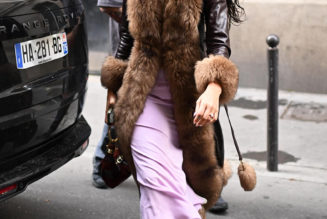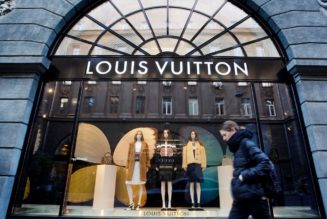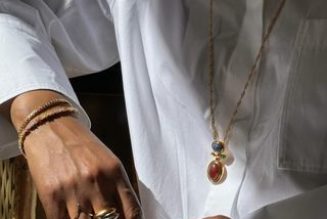
Fast fashion platforms like Shein, with their rapid turnarounds, have accelerated the development of fashion dupes. They can churn out replica products quickly when a luxury item begins trending, says Walker. “We’ve seen what was already an established knockoff culture turbocharged, coupled with a surge in demand from social media. None of this is new — it’s just sped up and amplified.”
Amazon is a key destination for dupes shoppers, but the company is working hard to make sure demand for luxury dupes doesn’t also result in more counterfeits on the platform. “Dupes are not the same as counterfeit,” says Anna Dalla Val, Director of Global Brand Relations at Amazon. “We remain focused on using every tool at our disposal to protect brands, customers, and selling partners from intellectual property (IP) and brand infringement, and we aggressively pursue anyone who violates our zero-tolerance policy for counterfeit products.”
In 2020, Amazon initiated a joint lawsuit with Valentino, against a seller replicating Valentino’s rockstud shoes. And more recently it joined Cartier in a joint lawsuit to sue an influencer selling fake Cartier goods. “Bad actors creating counterfeit fashion items isn’t a new issue, but it has become more sophisticated, which is why we continue to use every tool at our disposal to fight it,” she adds.
Suzanne Santos, chief customer officer at cosmetics brand Aesop, says duping has been going on for decades. The TikTok hashtag #aesopdupe has almost 1 million views, depicting people refilling Aesop bottles with cheap hand wash or shower gel. “We’ve never spoken publicly about any brands that follow that path because it’s not something that can be resolved,” she says. “There are people who feel that an alternative brand is a viable option for them, and that’s the glory of choice and democracy.”
However, Santos has an important point to add. “What we don’t want is for people who have purchased alternatives to think that they are buying the real Aesop, to have been misled into thinking that the lesser efficacy of those products is what we stand for,” she says. “It is no easy feat to match the formulations, sensibility and attention to detail that distinguish what we do — or our unique approach to hosting our customers or the calibre of the service we provide to them. The sum of these parts is what defines us, not just the packaging.”
How can brands resist being duped?
Brands could protect themselves by developing multiple price points for different demographics and including affordable options for young customers, suggests Shereen Cohen Kheradyar, 23, a photo and video producer based in New York. “Great examples of brands killing this for Gen Z are Heaven by Marc Jacobs and Diesel. Both of these brands are really in tune with Gen Z audiences and understand what/who they like to see. They also create pieces that are very one of a kind and with recognisable logos and prints that are very difficult to replicate.”

